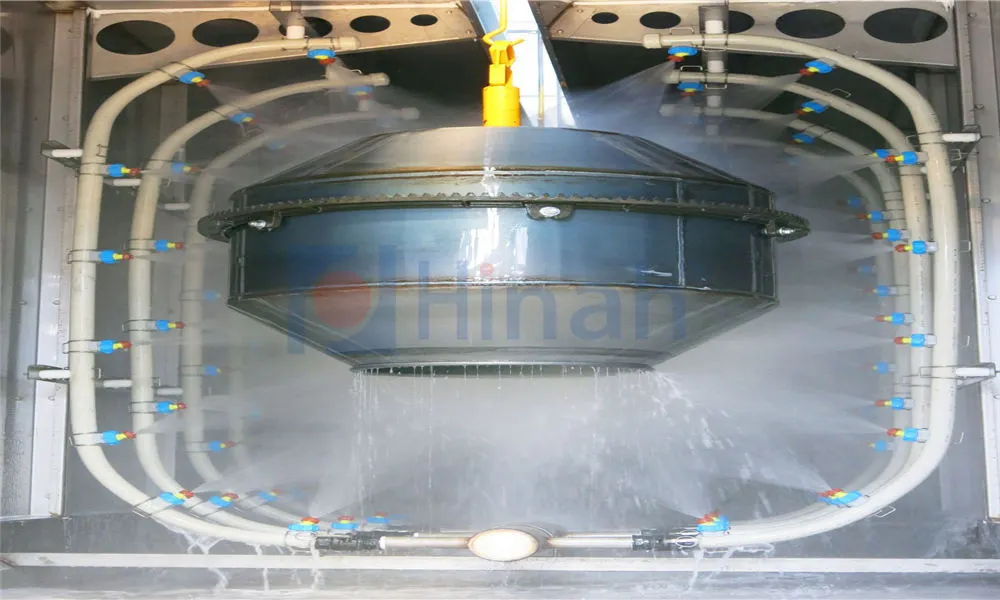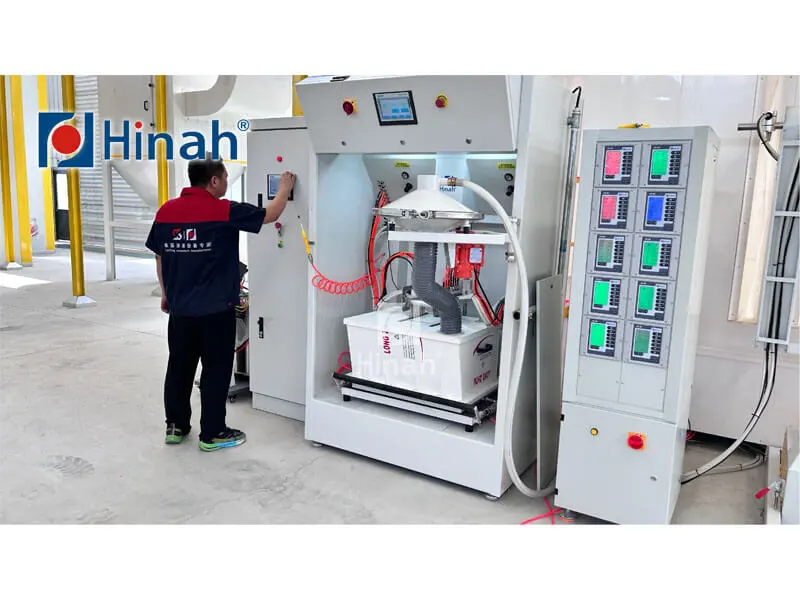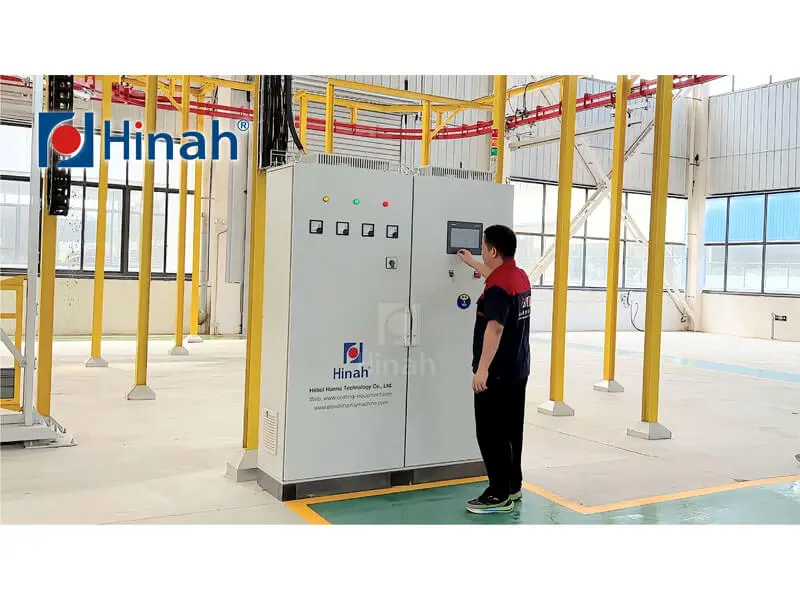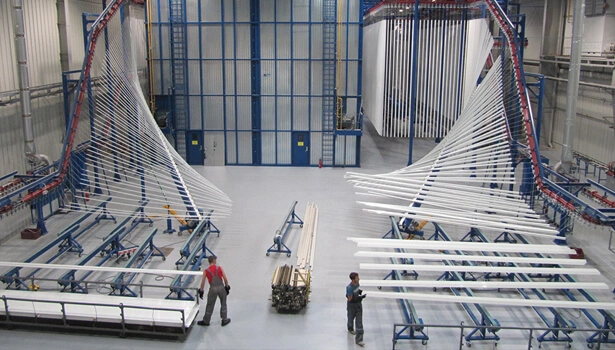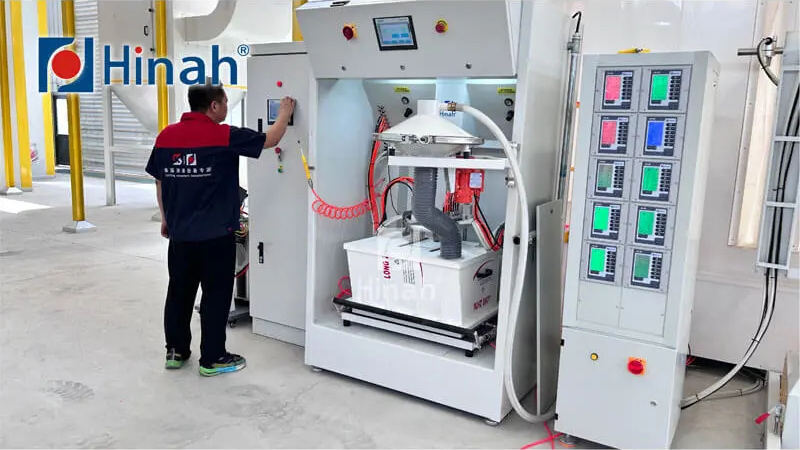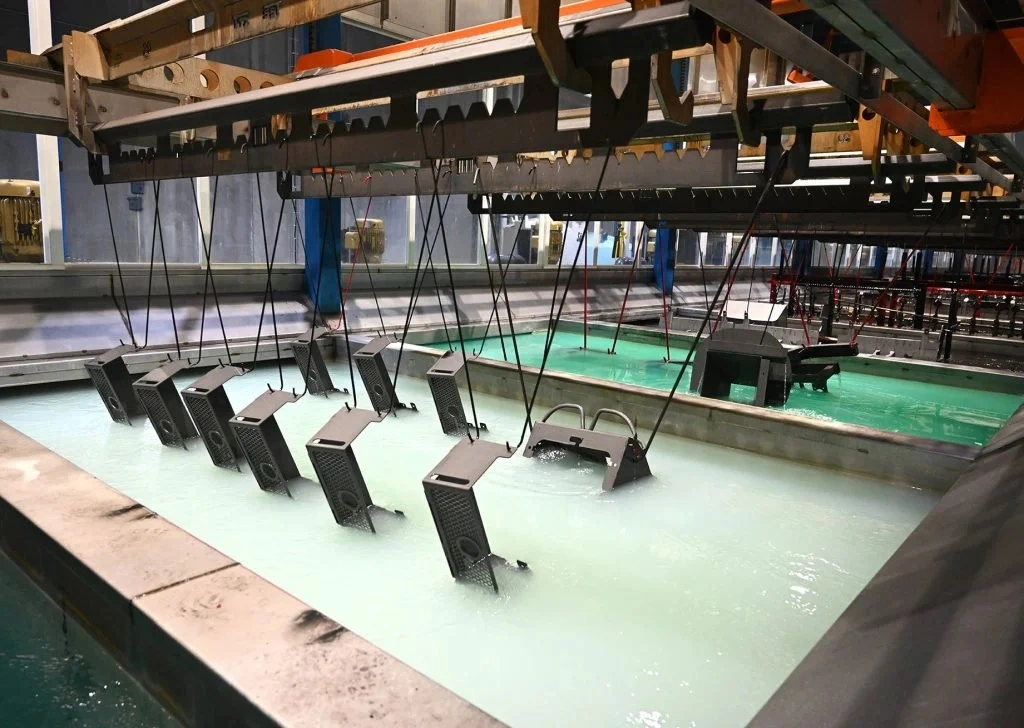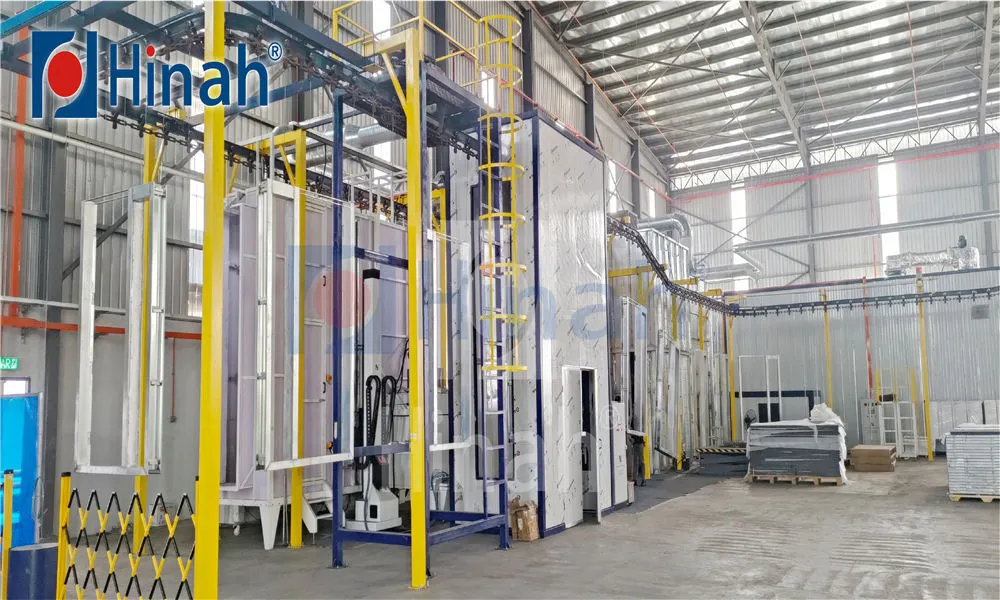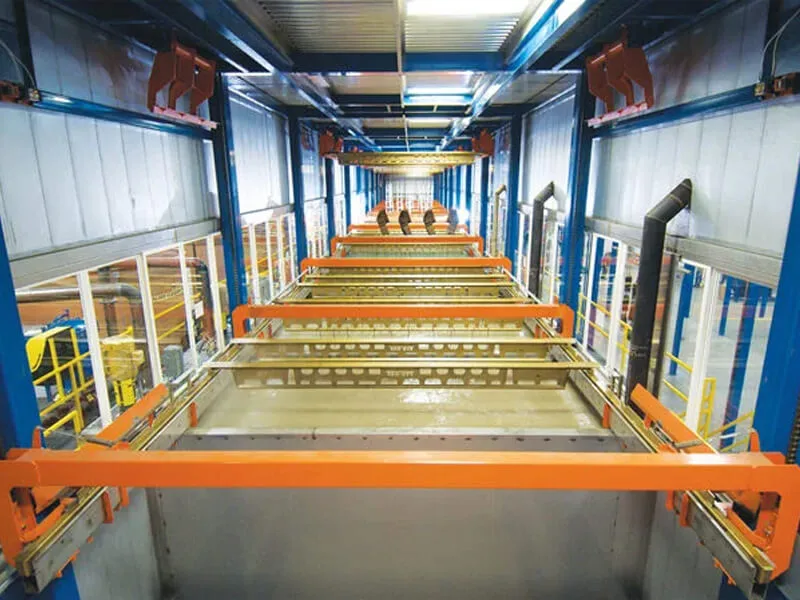If you're in the manufacturing or metal fabrication industry, you understand the critical role a finish plays in the durability, aesthetics, and value of a product. At the heart of achieving this perfect finish is the industrial powder coating oven. This isn't just a simple heating chamber; it's the pivotal piece of equipment where the magic of powder curing happens, transforming a layered powder into a resilient, seamless coating.
Whether you are looking for an industrial powder coating oven for sale, trying to understand the industrial powder coating oven price, or considering a powder coating oven build yourself, this article will guide you through the essentials. We'll explore the process of powder coating on metal, its role in powder coating manufacturing, and answer common questions about this vital technology.
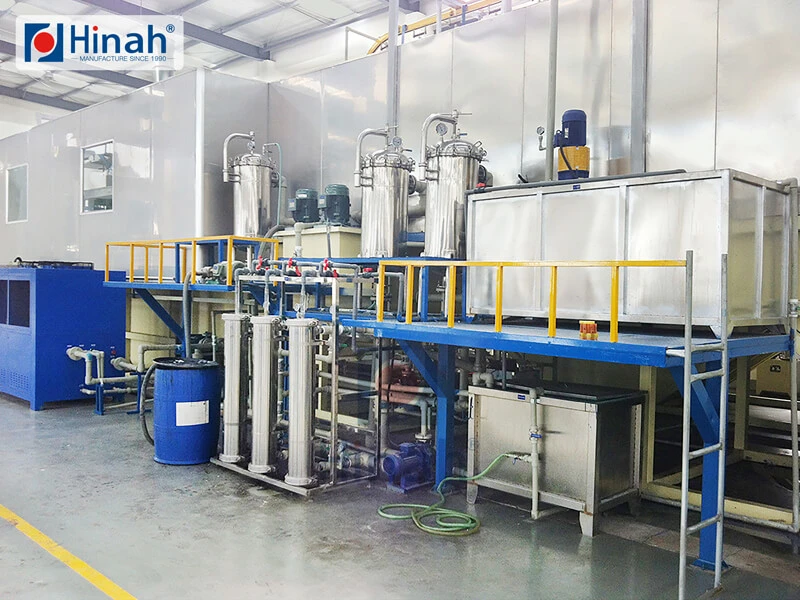
At its core, an industrial powder coating oven, often referred to as a curing oven for powder coating, is a heated enclosure designed to bake powder-coated objects. The process involves raising the temperature of the coated metal part to a specific point (typically between 300°F and 450°F / 149°C and 232°C). This heat causes the powder particles to melt, flow together, and chemically cross-link to form a durable, high-quality finish.
The oven is the final and most critical step in the powder coating line. Without proper curing in a dedicated coating oven, the powder would not adhere correctly, leading to a finish that is weak, non-uniform, and prone to chipping, peeling, and corrosion.
The Science of Curing: How a Coating Oven Works
The process inside a powder coating oven is more than just heating; it's a precise scientific operation. The powder coating itself is typically a mixture of polymer resins, curatives, pigments, leveling agents, and other additives. These are electrostatically sprayed onto a metal surface, which is then transferred to the oven.
Inside the curing oven for powder coating, three key things happen:
Melting: The heat causes the solid powder particles to melt into a liquid film.
Flow and Gel: The liquid film flows to form a continuous, smooth surface. As the temperature is maintained, the chemical cross-linking (curing) begins.
Curing: The polymers undergo a chemical reaction, forming strong molecular bonds. This process creates a hard, stable finish that is much tougher than traditional liquid paint.
The even distribution of heat is paramount. Modern industrial powder coating ovens use precise airflow and heating systems to ensure every part of the object, including complex geometries, reaches the required temperature for the exact amount of time specified by the powder manufacturer.
Key Considerations When Looking for an Industrial Powder Coating Oven for Sale
Investing in the right equipment is crucial for quality and efficiency. If you're searching for an industrial powder coating oven for sale, here are the primary factors to consider:
Type of Oven: The two main types are convection ovens and infrared (IR) ovens. Convection ovens heat the air inside the chamber, which then transfers heat to the part. They are excellent for parts with complex shapes. Infrared ovens use electromagnetic radiation to heat the part and the powder directly, offering faster cure times but requiring a more uniform part shape for even curing.
Heat Source: Ovens can be powered by electricity, natural gas, propane, or oil. Natural gas is often the most cost-effective for large operations, while electric ovens are cleaner and easier to install but can be more expensive to operate.
Size and Capacity: The oven must accommodate your largest parts with enough space for air to circulate freely. Consider both the size of the chamber and the weight capacity of the conveying system (e.g., overhead conveyor, cart).
Production Volume: A batch oven (where parts are loaded and cured in batches) may suffice for lower volumes or custom work. For high-volume production, a continuous oven, integrated with the entire powder coating line, is essential.
Insulation and Efficiency: Well-insulated ovens retain heat better, reducing energy costs and improving temperature stability. Look for ovens with high-quality insulation like mineral wool or fiberglass.
Control System: A modern digital control system is non-negotiable. It should allow for precise setting and monitoring of temperature and cure time, with data logging capabilities for quality control.
Understanding Industrial Powder Coating Oven Price Factors
The industrial powder coating oven price can vary dramatically, from a few thousand dollars for a small batch oven to hundreds of thousands for a large, automated continuous system. Key factors influencing price include:
Size and Scale: Larger ovens require more materials, more powerful heating systems, and stronger structures, all increasing cost.
Heating Technology: Infrared ovens can sometimes be more expensive upfront than basic convection ovens. The type of fuel source also impacts both initial setup cost and long-term operational expense.
Features and Automation: Advanced features like programmable logic controllers (PLCs), sophisticated airflow designs, energy recovery systems, and high-quality insulation will add to the price but improve performance and efficiency.
New vs. Used: A reconditioned industrial powder coating oven for sale can be a significant cost-saving option for businesses on a budget, though it may come with a shorter lifespan or warranty.
Customization: A standard, off-the-shelf oven will be cheaper than one custom-built to fit a unique space or handle specialized parts.
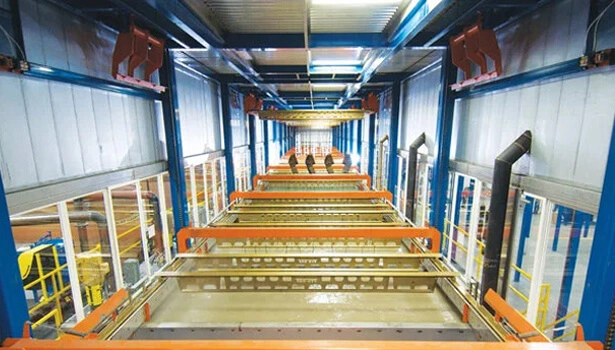
The DIY Route: What to Know About a Powder Coating Oven Build
For hobbyists or small shops, a powder coating oven build can be a tempting project to save on costs. This typically involves converting an old electric kitchen oven for small parts or constructing a larger oven from insulation panels, steel framing, and heating elements.
Considerations for a DIY build:
Safety First: This is the paramount concern. Working with high voltages, high temperatures, and combustible materials requires expert knowledge. Improper wiring can lead to fire or electrocution hazards.
Performance: Achieving and maintaining a consistent, accurate temperature throughout the chamber is challenging. Hot or cold spots will lead to poor curing and a substandard finish.
Cost vs. Reward: While you may save on the initial hardware, the time invested and the potential for inconsistent results can outweigh the benefits for any commercial application. A DIY oven is generally only recommended for non-critical, low-volume hobbyist use.
The Bigger Picture: Powder Coating on Metal and Manufacturing
The industrial powder coating oven is just one component, albeit a vital one, in the broader context of powder coating on metal and powder coating manufacturing. The entire process is a streamlined system:
Pre-treatment: The metal is cleaned and chemically treated to remove oils, dirt, and rust and to provide a surface that promotes adhesion.
Application: Powder is electrostatically sprayed onto the grounded metal part.
Curing: The part is moved into the coating oven for the curing process.
Cooling and Inspection: The part is cooled and inspected for quality.
This process is favored in powder coating manufacturing because it is environmentally friendly (containing little to no VOCs), highly efficient (over-spray can be collected and reused), and produces a superior finish that is resistant to impact, moisture, and chemicals.
Common Questions and Challenges with Powder Coating Ovens
Even with the best equipment, issues can arise. Here are some common problems and their likely causes:
Orange Peel Effect (a textured finish): This is often caused by under-curing or over-curing. Check that the oven temperature is accurate and that the part has reached the required cure temperature for the full recommended time.
Poor Adhesion (powder chips or peels): This is usually a pre-treatment issue, but can also be caused by under-curing. Ensure the metal was properly cleaned and pretreated before coating.
Inconsistent Curing: This points to uneven heat distribution in the oven. This could be due to faulty heating elements, poor airflow design, or overloading the oven, which blocks air circulation.
Yellowing of Clear or White Coatings: Typically caused by over-curing or too high an oven temperature. Verify your oven's temperature calibration.
High Energy Costs: An inefficient oven is often poorly insulated or has leaky seals. Upgrading insulation or repairing door seals can significantly reduce operating costs.
An industrial powder coating oven is far more than a simple heater; it's the engine of your finishing department. The quality of your final product hinges on its performance. Whether you are evaluating the industrial powder coating oven price for a new purchase, considering a used industrial powder coating oven for sale, or contemplating a small-scale powder coating oven build, understanding the technology, your needs, and the potential pitfalls is key to making the right decision.
By investing in the right curing oven for powder coating and integrating it properly into your powder coating manufacturing process, you ensure that every piece of powder coating on metal that leaves your facility is a testament to quality, durability, and professionalism.


